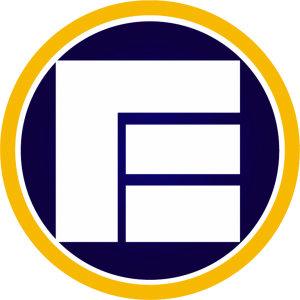Reynaldo C. Lugtu, Jr. l March 21, 2023 l Manila Bulletin
“Innovation is a discipline” — this is how I ended the talk I delivered to a large audience of
executives and employees of a large retail firm, quoting the landmark book “Ten Types of
Innovation” by Larry Keeley. Indeed, it is. Innovation doesn’t start and end with a workshop
of Post-It notes of creative ideas, nor a lip service by a CEO of a company about the need to
innovate. Innovation requires methodology, a framework.
The need to innovate has never been in the top-most agenda of CEOs the world over. And
why not? A 2015 global study by PwC reveals that CEOs see more opportunities and more
risks today than three years ago.
That’s why it is even more urgent to turn innovation initiatives in a company to be
methodical and systematic. Keeley, et. al. provides a framework for organizations to take a
disciplined approach on innovation. The ten types of innovation is divided into three areas
where innovation can happen – configuration, offering, and experience.
Configuration involves all the internal workings in the organization enable the production of
products and services. Under this are four components:
• Profit model – This is how the company makes money. An example is the profit model of
Netflix which changed the traditional video rental model to subscription model, totally
disrupting the industry.
• Network – This is how companies build connections to others to create value. An example is
US retail giant Target which is working with hundreds of designers to create differentiated
products to be sold in their retail stores.
• Structure – This is the alignment of the company’s talents and resources to deliver greater
value. An example is Whole Foods Markets in the US which organizes employees around
self-directed and autonomous teams responsible for a particular store.
• Process – This involves superior methods the company is doing. An example is Zara’s well-
known fast-fashion strategy in turning around fashion from sketch to shelf in record time
utilizing a superior supply chain.
The next two types of innovation are under the “offering” group, namely:
• Product performance – This defines the distinguishing features and functionality of a
product. An example is US utensil company OXO Good Grips which originally produced
functional kitchenware products with handles for arthritic customers, which eventually
captured the following for discerning households.
• Product system – This involves complimentary products and services that enhances the
value of a product. Nike successfully created an ecosystem of value by developing ancillary
products such as wearable health devices and applications in the mobile phone, making its
products even stickier.
The last four types of innovation are under the “experience” group, such as:
• Service – This includes support enhancements that surround a firm’s offerings. An example
is Men’s Wearhouse in the US offers free lifetime pressing of its suits at any of its locations
in the US.
• Channel – how you product and service offering are delivered to customers and users.
An example is Nespresso which sells pod coffee machines and its consumables. It locks in
customers with its useful members only.
• Brand – representation of your offerings and business. An example is Virgin which extends
its brand into sectors ranging from soft drinks to space travel.
• Customer engagement – This involves the distinctive interactions you foster. An example is
how Apple’s annual WorldWide Developers Conference is drawing crowds of partner-
developers that play around with Apple’s technology and provide feedback for
improvements.
How we apply this framework is by understanding the center of gravity in your industry so
you can double down on key activities that will differentiate your products. An example is
how Starbucks studied the traditional coffee shops in Europe which focused on offering and
configuration. Starbucks changed the game by shifting its focus on customer experience by
designing its stores that in a cozy stylish feel and then scaling it globally.
In the same token, you can shift your focus from a “configuration-experience” to “offering”
innovations or from “offering-experience” to “configuration” innovations. But the key is
making these analyses and innovation initiatives part of the daily lives of employees. The
CEO ultimately drives this discipline.
*** The author is the Founder and CEO of Hungry Workhorse, a digital and culture
transformation consulting firm. He is the Chairman of the IT Governnece Committee of the
FINEX Academy. He is a Fellow at the US-based Institute for Digital Transformation. He
teaches strategic management in the MBA Program of De La Salle University. The author
may be emailed at rey.lugtu@hungryworkhorse.com

